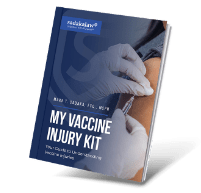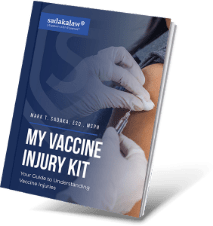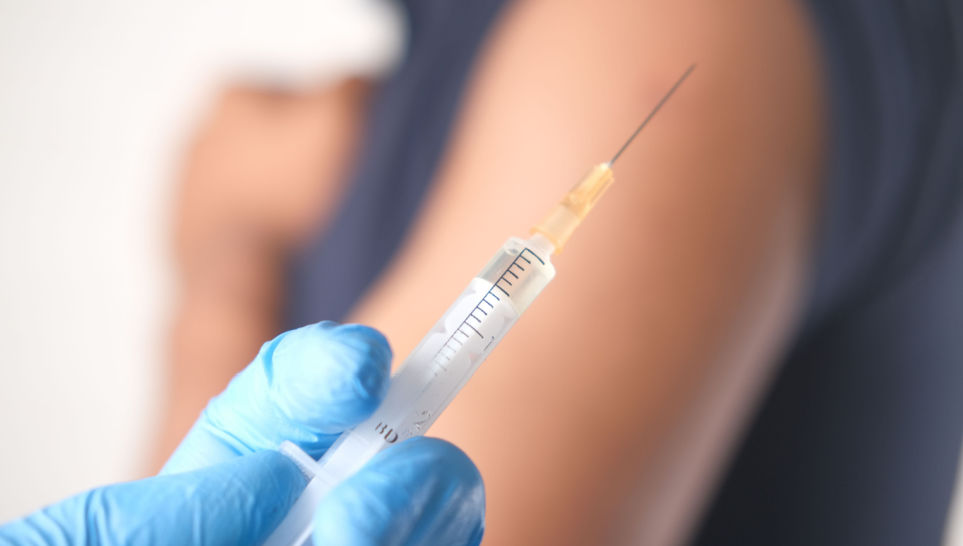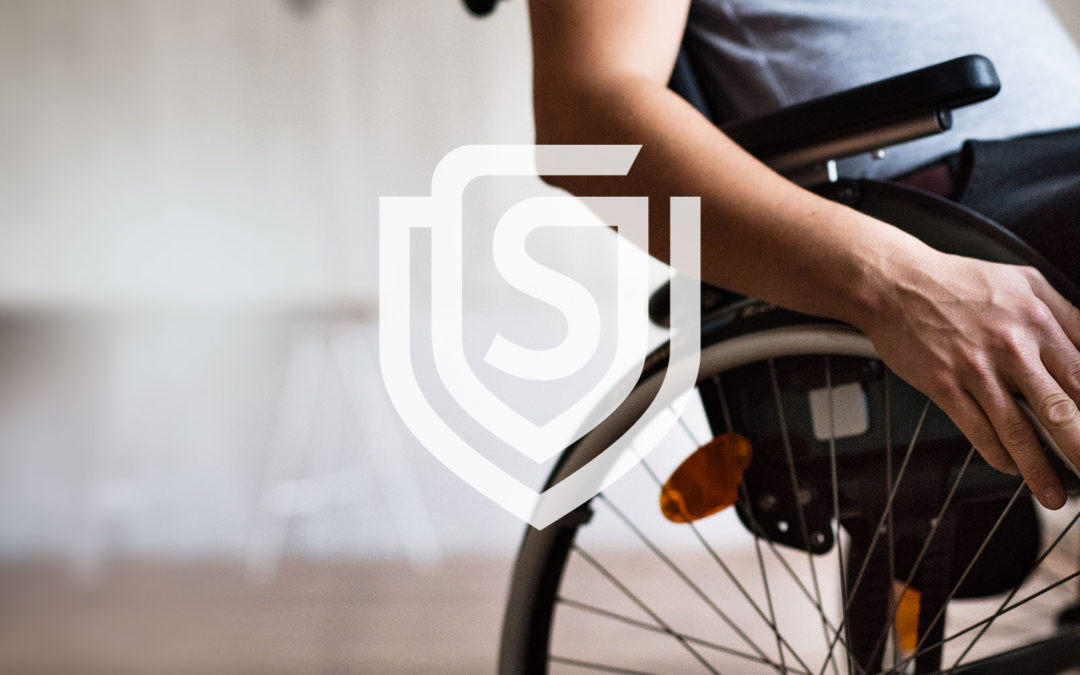Children usually receive several HiB injections during their first 15 months. Doctors might recommend that some adults with specific health conditions get the vaccines as well. Like other vaccines, the HiB vaccine comes with its share of side effects. Some of the more severe side effects of the HiB vaccine are intense allergic reactions, disabilities, and death.
Haemophilus influenzae type B (HiB) is a bacteria that can lead to several types of infections. Children under five are most prone to getting HiB but the infection can occur in all ages. HiB can cause bronchitis, ear infections, severe illness, or death.
What is the HiB Vaccine?
The HiB vaccine helps protect against harmful diseases caused by the Haemophilus influenzae type B bacteria. Common infections from HiB include:
- Pneumonia – Swelling of lung tissue and the upper respiratory tract.
- Meningitis – Inflammation of the meninges, or the membranes that surround the brain and spinal cord.
- Epiglottitis – Inflammation of the epiglottis or the flap that prevents food from entering the windpipe.
- Septicaemia – A life-threatening infection where a large volume of bacteria enters the bloodstream.
Because the HiB vaccine is most common in children under five, many preschools and kindergartens require proof of vaccination before admission.
HiB Infection Overview
Causes
HiB bacteria reside in the throat and nose and are generally harmless. However, if the bacteria move to an irregular part of the body, they can cause an infection. Doctors don’t know the exact incubation period of HiB, but most people notice symptoms after a few days.
How Does It Spread?
The bacteria spreads through respiratory droplets (saliva/mucus). People infected with the bacteria can transmit it to anyone nearby by coughing or sneezing. Those who aren’t showing symptoms but still have the bacteria in their nose or throat can always be contagious.
Who is Most at Risk?
Although HiB is more prevalent in infants and children under five, adults can still contract the illness. Studies show that adults over 65 or those with certain medical conditions are incredibly prone to catching HiB. Some of these medical conditions are:
- HIV
- Certain types of cancer
- Sickle cell disease
- Weakened immune system
Symptoms
Above, we mention how HiB can bring on several different infections, including pneumonia and meningitis. Some of the common symptoms of infections as a result of HiB are:
- Cough
- Fever/chills
- Extreme muscle aches
- Headaches
- Fatigue
- Malaise
- Chest pains
- Difficulty breathing
- Stiff neck
- Photophobia (sensitivity to light)
History of the HiB Vaccine
The first version of the HiB vaccine surfaced in the United States in 1985. This vaccine was a pure polysaccharide vaccine, and immune responses were highly dependent on age. The effectiveness of the first HiB vaccine was only high in children younger than 18 months. As a result, the United States withdrew the vaccine in 1988.
The second (conjugate) version of the HiB vaccine was made available in 1987. Its development was based heavily on the first polysaccharide vaccine failures, and scientists wanted a more effective version for all ages.
Today, several combination vaccines help prevent HiB. The World Health Organization (WHO) has approved numerous vaccines to be available in developing countries.
Side Effects/Reactions
Fortunately, most of the HiB vaccine’s side effects are mild and don’t cause any severe or permanent injuries. Some of the common side effects are fever, soreness around the injection area, nausea, and redness. Other children might experience vomiting, diarrhea, weight loss, and shock.
One of the HiB vaccine’s most severe side effects is an intense allergic reaction, also known as anaphylaxis. When this reaction occurs, the tongue and airways swell up and cut off one’s regular oxygen supply. The lack of oxygen can result in permanent brain damage or even death.
FAQs
How Serious is HiB?
HiB can be extremely serious and potentially life-threatening. Meningitis is the most common infection brought on by HiB and can leave patients with permanent brain damage, blindness, or other disabilities. HiB also commonly leads to epiglottitis, which can detrimentally clog the patient’s airways.
What Type of Vaccine is the HiB Vaccine?
The HiB is an inactive vaccine, meaning it contains a dead sample of the bacteria. Bacteria for the HiB vaccine are grown in a culture, and all of the pathogens are dead. Inactive vaccines aren’t as effective at preventing illnesses as active vaccines, so doctors may require a booster shot.
Who Should Not Get the HiB Vaccine?
The HiB vaccine isn’t for everyone. People who have previously had an allergic reaction to the HiB vaccine should not receive another one. Those who are currently severely sick should wait until they recover before receiving the HiB vaccine. Consult with your doctor to know whether you should avoid the HiB vaccine.
What to Do if You Experience an HiB Vaccine Injury
If you’re experiencing adverse side effects from a Haemophilus influenzae vaccine and you feel your life is in danger, seek medical attention right away. An HiB vaccine injury can lead to significant health risks, so it’s important to let your doctor know about your vaccination.
People who experience such side effects from the HiB vaccine could be entitled to compensation by the government. The attorneys at the Sadaka Associates vaccine injury help center can consult you and your family about the right steps to take. Let our team give you a free case review and determine whether taking legal action is the right decision.
OMS SYNDROME AFTER MULTIPLE VACCINES
$55,000 total settlement for a 15 month old baby who developed opsoclonus-myoclonus syndrome, OMS as a result of receiving the diphtheria-tetanus-acellular pertussis, DTaP and influenza type B, HIB vaccines.
OPSOCLONUS MYOCLONUS SYNDROME AFTER MULTIPLE VACCINES
$50,000 + total settlement, including $43,284 lump sum award, for minor male who suffered from opsoclonus myoclonus syndrome (OMS) after receiving DTaP and Hib vaccines
MULTIPLE INJURIES AFTER MULTIPLE VACCINES
$249,975.78 total settlement which includes lifecare expenses for a 6 month old infant who developed Evan’s Syndrome, thrombocytopenia, Coombs’ positive hemolytic anemia, pancytopenia, and neutropenia as a result of receiving DTaP, IPV, Hib, pneumococcal conjugate, and rotavirus vaccinations.
KAWASAKI DISEASE AFTER HIB VACCINE
$5,000.00 settlement for a two year old girl from Long Island, NY who suffered from Kawasaki disease as a result of receiving Haemophilus Influenzae Type-B or Hib vaccination.
AXILLARY NERVE INJURY AFTER HIB VACCINE
$92,500.00 settlement for an 60 year old gentlemen from Wyoming who developed a vaccine-induced impingement of the sensory distribution of the right axillary nerve, severe pain, and numbness as a result of receiving the Haemophilus Influenzae type B or Hib vaccine.






